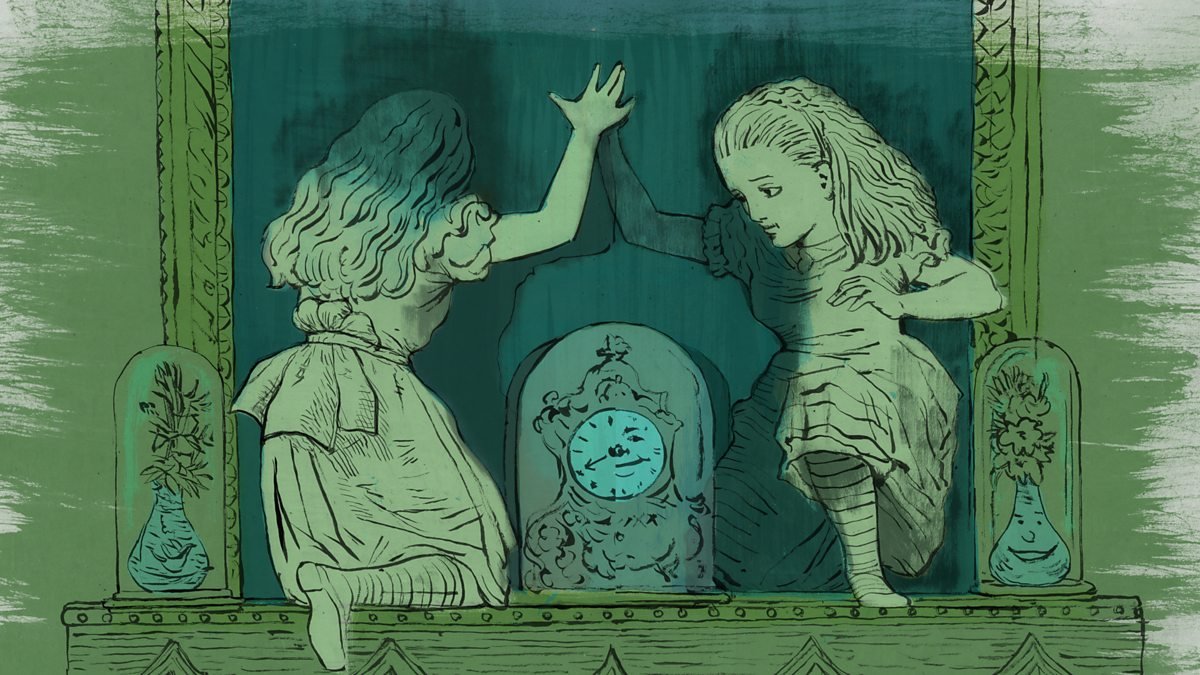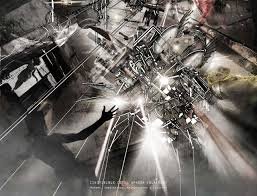Cotard syndrome is often described as the delusion of being dead, nonexistent, or emptied of organs. But these clinical descriptions barely touch the existential abyss that defines the experience. Cotard syndrome is not simply a false belief; it is a collapse of the fundamental structures that make existence feel real from the inside. It is the breakdown of the subjective sense of being a living self. The patient does not merely think they are dead — they experience consciousness without the feeling of life.
Ordinarily, existence is felt before it is thought. The heartbeat, the warmth of the body, the subtle hum of interoceptive signals — these form the pre-reflective foundation of being alive. We rarely notice this background texture of vitality, but our sense of self depends on it. In Cotard syndrome, this background collapses. The body no longer feels inhabited. Sensations lose their ownership. Emotion becomes muted beyond recognition. The internal sense of being alive withers, leaving consciousness suspended in a void. The patient finds themselves aware, but absent — present in perception, yet erased in being.
Neurologically, Cotard syndrome is associated with dysfunction in networks responsible for emotional valuation and self-referential processing — the insula, anterior cingulate cortex, and parietal regions. But its core cannot be reduced to faulty circuitry. The person does not merely lose emotion; they lose the feeling of existence. This is more than depression, more than derealization. It is the annihilation of the experiential anchor that ties consciousness to identity. Without this anchor, the mind interprets its emotional void as metaphysical death.
This interpretation is not irrational given the experience. When the internal signals of life fade, the mind seeks a narrative that fits the felt reality. The absence of emotional warmth becomes the absence of blood. The collapse of vitality becomes the disappearance of organs. The disintegration of the self-model becomes the conclusion that the self has perished. Cotard syndrome is thus a delusion born not from fantasy, but from the attempt to explain an inner void so total that “being dead” becomes the closest concept consciousness can grasp.
One of the most striking aspects of Cotard syndrome is the persistence of awareness despite the person’s conviction of nonexistence. The patient speaks, moves, and describes their condition while simultaneously insisting they are dead. This contradiction is only apparent from the outside. From the inside, the patient does not experience themselves as an agent performing actions; actions unfold mechanically, like the movements of a corpse animated by external forces. The person feels like an empty shell executing motions without life. They do not live; they function.
Emotionally, Cotard syndrome creates a unique form of despair — not sadness, but nothingness. It is not the pain of being unloved or the fear of dying, but the hollow certainty that life has already ended. The patient often withdraws from food, hygiene, or social contact not because they do not care, but because they believe care no longer applies. Death, to them, is not catastrophic; it is descriptive. The world becomes irrelevant, and the self becomes a conceptual ghost haunting its own body.
Philosophically, Cotard syndrome forces the question: what does it mean to exist? Existence is not merely biological continuity; it is a subjective feeling of presence. When this feeling vanishes, the boundary between life and death becomes experiential rather than biological. Cotard syndrome shows that death can occur inside consciousness long before it occurs in the body. It reveals that being alive is not guaranteed by metabolism, circulation, or cognition — it is guaranteed by the visceral sense of presence, the embodied “I am” that underlies all experience.
In this sense, Cotard syndrome is the inverse of depersonalization. Depersonalization is the loss of self with preservation of existence; Cotard syndrome is the loss of existence with preservation of awareness. The depersonalized patient feels unreal; the Cotard patient feels absent. One loses the narrator; the other loses the very fact of narrative. Both reveal the fragile foundations upon which the self is built, but Cotard syndrome exposes the most primal layer: the fundamental sense that “I exist as a living being.”
Ultimately, Cotard syndrome is a confrontation with the void at the center of consciousness — the moment when inner life becomes so silent that the mind mistakes the absence of feeling for the absence of being. It is the lived experience of awareness detached from vitality, a state where the body becomes a corpse that still perceives. In this sense, the syndrome is not a delusion of death, but a experience of existence stripped of life’s internal light.
It shows, with chilling clarity, that the sense of being alive is not guaranteed.
It can evaporate.
And when it does, consciousness continues —
but it continues in the darkness where the self once was.





